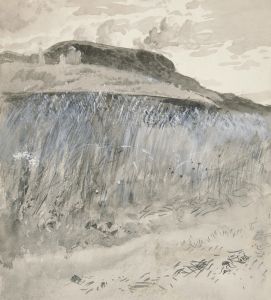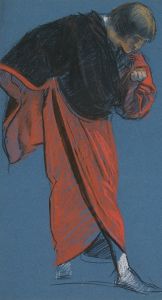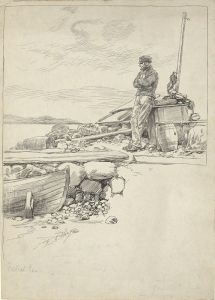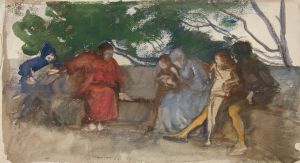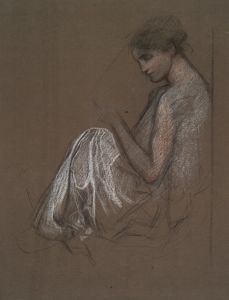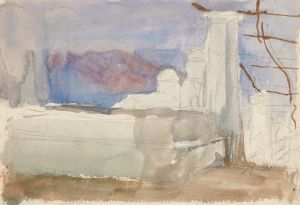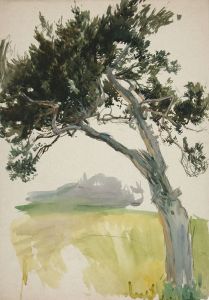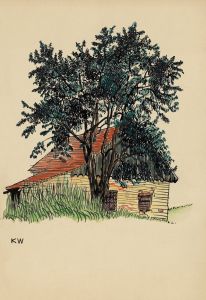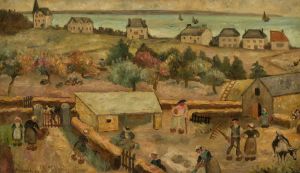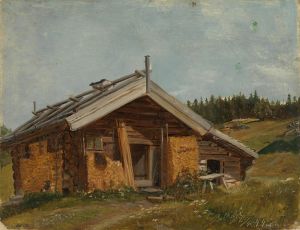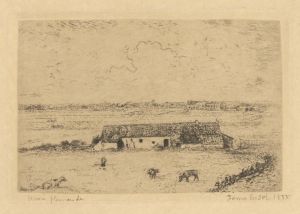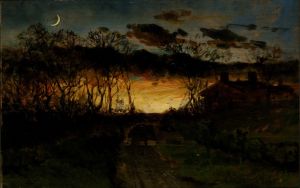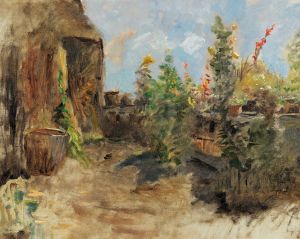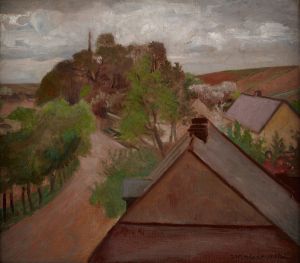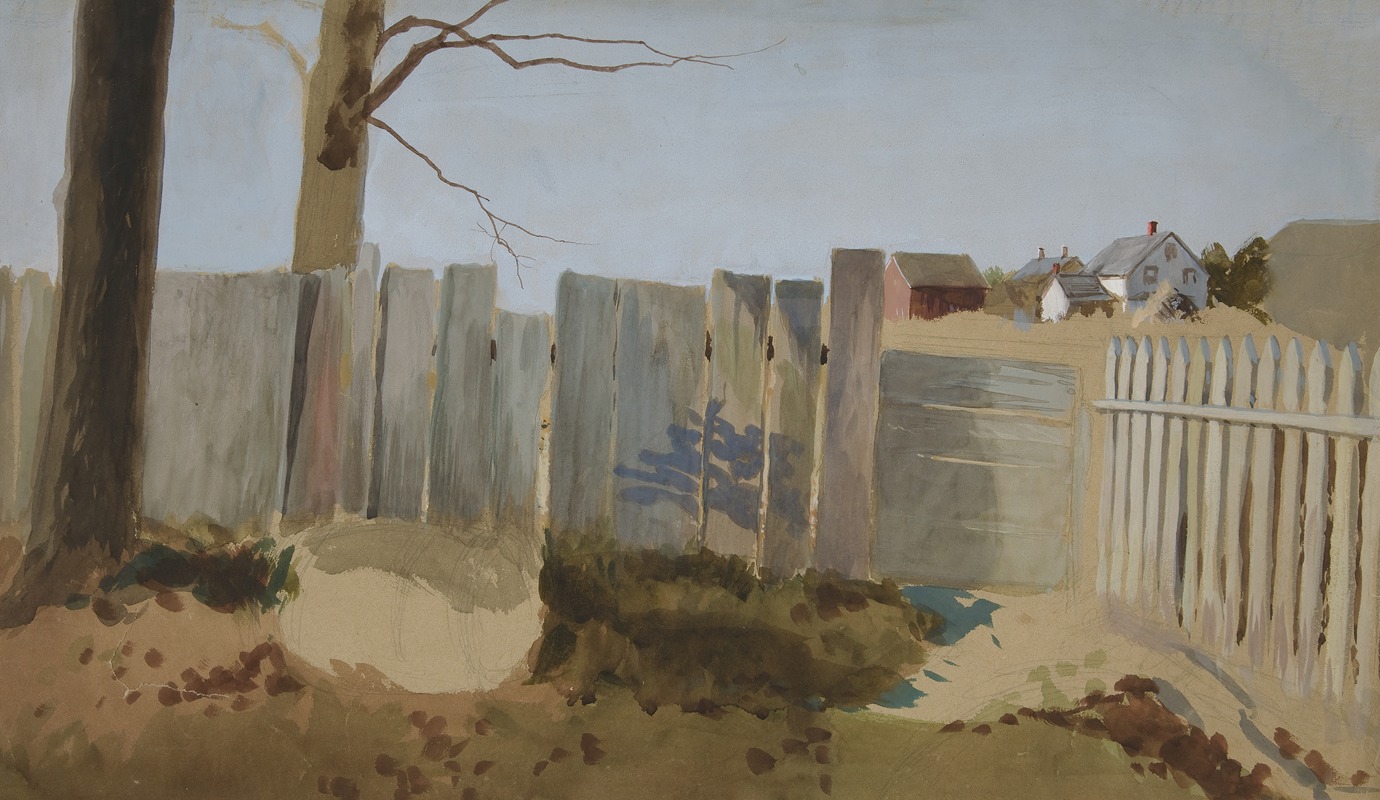
Country scene; fence, field, farmhouse in distance
A hand-painted replica of Edwin Austin Abbey’s masterpiece Country scene; fence, field, farmhouse in distance, meticulously crafted by professional artists to capture the true essence of the original. Each piece is created with museum-quality canvas and rare mineral pigments, carefully painted by experienced artists with delicate brushstrokes and rich, layered colors to perfectly recreate the texture of the original artwork. Unlike machine-printed reproductions, this hand-painted version brings the painting to life, infused with the artist’s emotions and skill in every stroke. Whether for personal collection or home decoration, it instantly elevates the artistic atmosphere of any space.
Edwin Austin Abbey was an American artist known for his illustrations and paintings, particularly those depicting Shakespearean and Victorian subjects. Born in 1852 in Philadelphia, Abbey developed his skills at the Pennsylvania Academy of the Fine Arts before moving to England, where he spent much of his career. Abbey's work is characterized by its attention to detail and historical accuracy, often reflecting his deep interest in literature and history.
"Country Scene; Fence, Field, Farmhouse in Distance" is one of Abbey's lesser-known works. While there is limited specific information available about this particular painting, it can be contextualized within Abbey's broader body of work and the artistic movements of his time. Abbey was part of the late 19th-century American expatriate community in England, which included artists like John Singer Sargent and James McNeill Whistler. This group was known for its contributions to both American and European art scenes, often blending elements from both traditions.
Abbey's work often depicted rural and historical scenes, capturing the essence of the English countryside with a romantic and picturesque quality. His paintings typically feature meticulous detail and a strong sense of narrative, drawing viewers into the world he portrayed. Although "Country Scene; Fence, Field, Farmhouse in Distance" is not as widely recognized as some of his other works, it likely shares these characteristics, reflecting Abbey's skill in rendering landscapes with a sense of tranquility and timelessness.
During the period when Abbey was active, there was a significant interest in pastoral and rural themes in art, partly as a reaction to the rapid industrialization and urbanization of the 19th century. Artists sought to capture the simplicity and beauty of rural life, often idealizing it as a counterpoint to the complexities of modern society. Abbey's work fits within this context, as he frequently depicted scenes that evoke a sense of nostalgia and connection to the past.
Abbey's contributions to art extend beyond his paintings; he was also a prolific illustrator, contributing to publications such as Harper's Weekly and illustrating editions of classic literature, including works by Shakespeare and Robert Herrick. His illustrations were highly regarded for their accuracy and ability to convey the spirit of the texts they accompanied.
In summary, while specific details about "Country Scene; Fence, Field, Farmhouse in Distance" are scarce, it can be appreciated as part of Edwin Austin Abbey's broader oeuvre, which is characterized by its detailed and narrative-driven depictions of historical and rural subjects. Abbey's work remains significant for its artistic quality and its reflection of the cultural and historical interests of his time.





